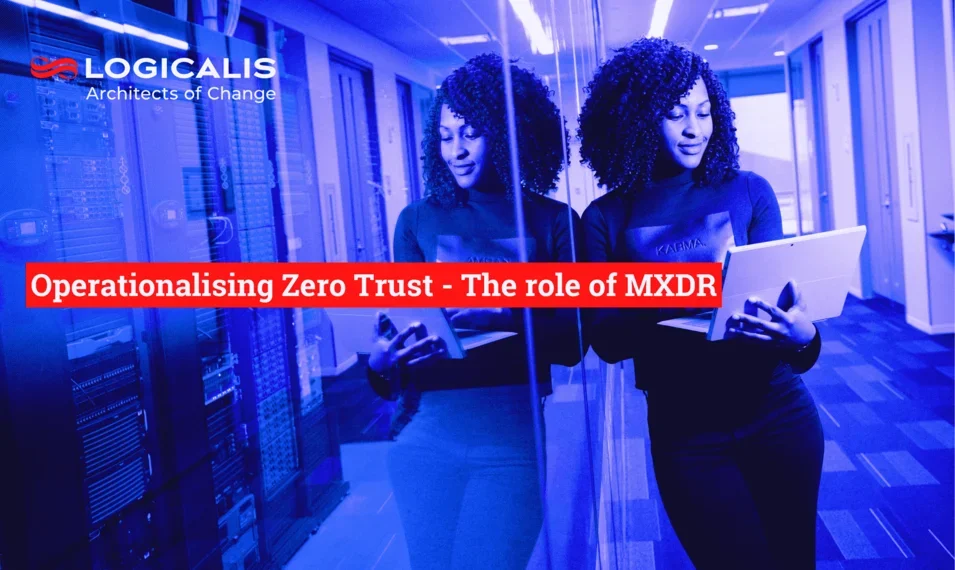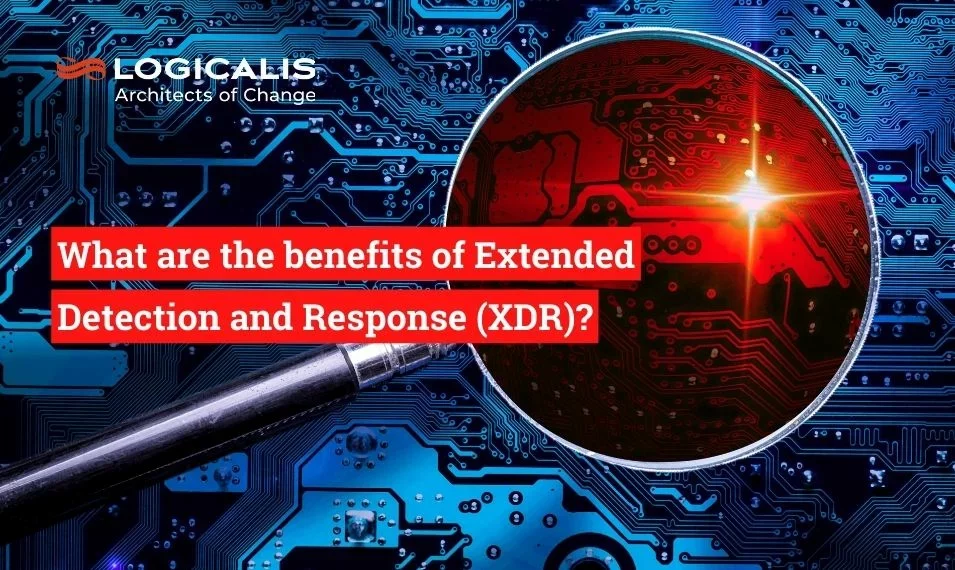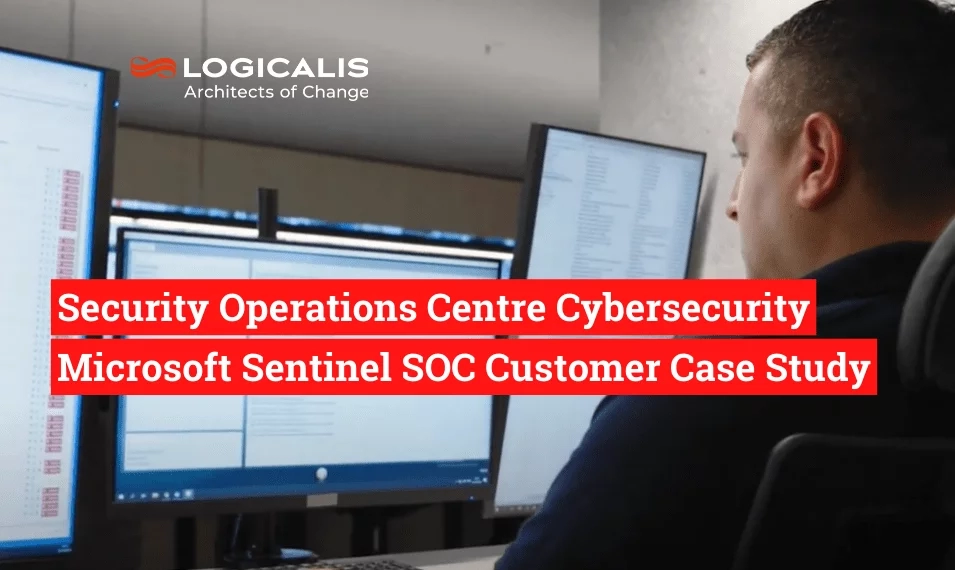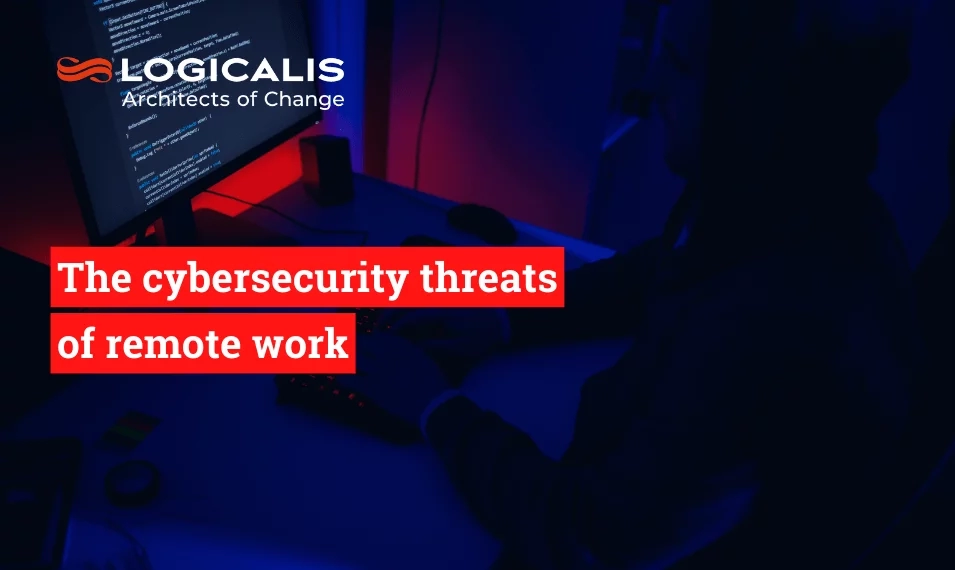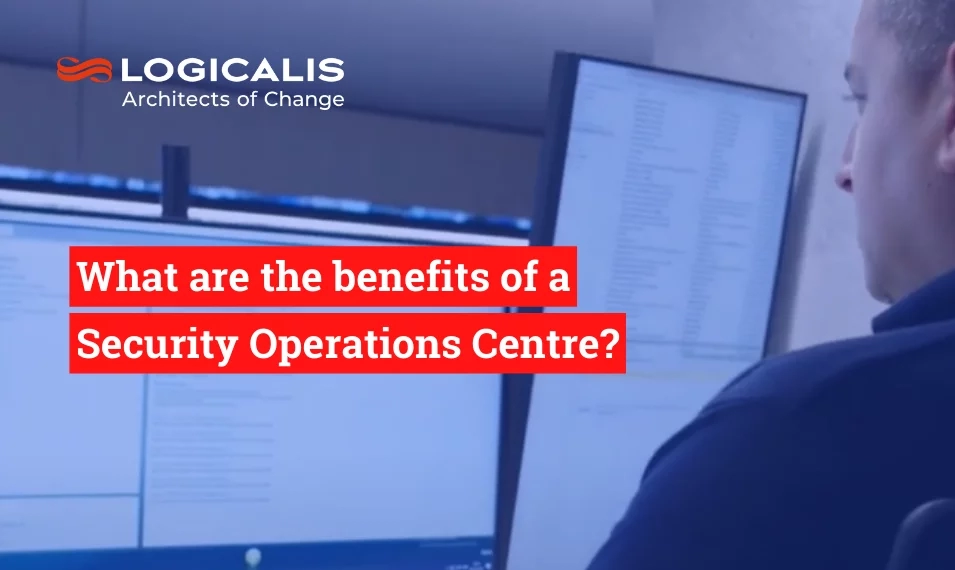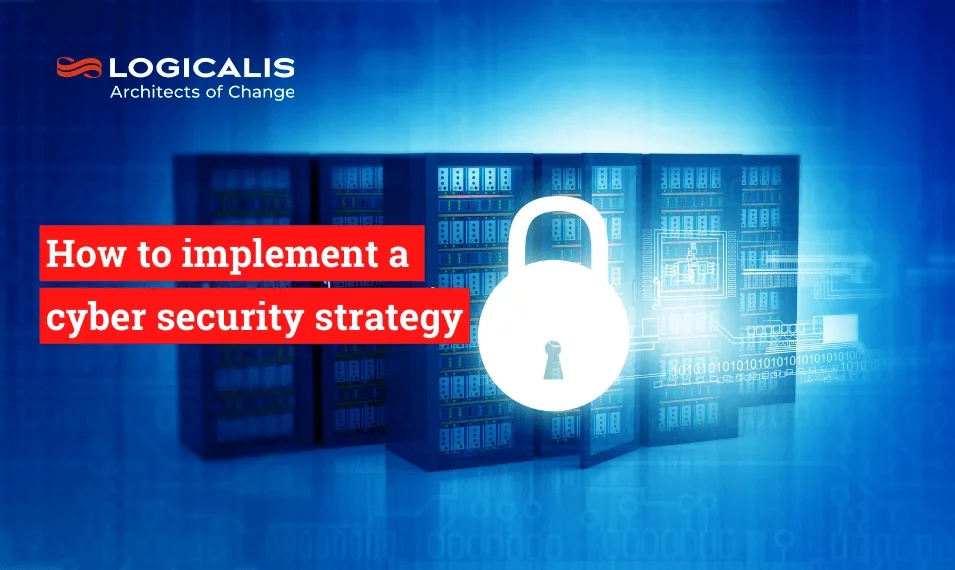
South Africa, Jul 9, 2024
Cyber security strategies are becoming a non-negotiable aspect of any IT leader’s role. The rapidly evolving threat landscape means that organisations and CIOs need to respond faster than ever to prevent breaches and costly reputational damage.
In our latest CIO report, a staggering 83% of CIOs reported experiencing a cyber hack in the last year and almost all of those surveyed experienced business damage as a consequence.
The need for an effective cyber security strategy security is clear. But how do you implement a cyber security strategy?
Steps in implementing a cyber security strategy
Develop or update security policies
The performance of your security tech stack is only as good as the policies in place to use them and the management of the whole cyber security procedure from start to finish.
Security policies need to address topics such as data safeguarding, incident response, and access control and govern how security technologies are used in the organisation.
All policies and procedures should be in place before any strategy can be implemented.
Start with a full security risk assessment
How can you develop an effective security strategy if you don’t know what’s happening in your digital ecosystem?
A security assessment meticulously evaluates your existing environment, and pinpoints potential security gaps and risks that may expose you to cyber threats.
Few organisations have access to the resources to staff a full cyber security team internally, so many rely on external service providers to conduct security assessments.

Define your organisation’s security objectives and needs
Cyber security strategies need to be developed with a focus on the security objectives and needs of the organisation and its relevant stakeholders.
Many considerations such as response times, lines of communication, responsibilities, security capacities and emergency responses must be considered.
The most vulnerable systems and data must also be identified to ensure that security measures properly shield these vital business components.
Evaluate your security tool stack
Knowing the capabilities and limitations of your current security technology stack will help you develop and implement an effective cyber strategy. This allows you to optimise the protection offered by these tools, and source new technologies where gaps exist.
Set privileges and access controls
Strong access controls that work on the principle of least privilege should be implemented. Limiting users only to what they need to use helps with preventing unnecessary risks and unauthorised applications from accessing sensitive business information.

Ensure that strong network and endpoint security measures are in place
Network security measures include firewalls, encryption and a host of intrusion detection tools. It is also important to have visibility over everything that’s moving through your networks. The principle of Zero Trust is invaluable in ensuring safe networks.
Endpoint security involves regular patching of end-user devices, encryption, and installing robust anti-virus programmes.
Develop and implement a business continuity plan
Not all attacks can be prevented, so it becomes vital to have regular and safeguarded backups of business data to ensure business continuity. Data recovery measures must be fast and effective to ensure that the business suffers minimal downtime after suffering an attack.
Ongoing monitoring and response
Whether the organisation has an internal security team or outsources IT security to a Managed Security Services Provider (MSSP), the task of monitoring and responding to security threats never goes away.
Through the use of Security Information and Event Management (SIEM) tools; network and system activity is monitored for threats or unusual activities.
Review, audit and update
Regular reviews of security processes, tools, people and policies help to keep business security systems up-to-date and responsive.
A security refresh or security audit might be necessary to spot any gaps in the system.

Creating cyber security awareness in the organisation
Training and giving employees an appreciation of the many security threats they face in their daily jobs will help to prevent many security breaches. Employees must know how to spot and deal with security threats such as phishing and ransomware.
Implementing a cyber security strategy is vital for every organisation’s operations. All stakeholders must be involved and strategies must be reviewed and optimised continuously.
As a certified MSSP, Logicalis helps IT leaders safeguard their businesses against the many cyber security threats in today’s threat landscape.
Whether you need a security audit and advice, or would like to know how to monitor your network, get in touch and let us know how we can help you. Our Intelligent Security portfolio has a full range of security solutions on offer.





